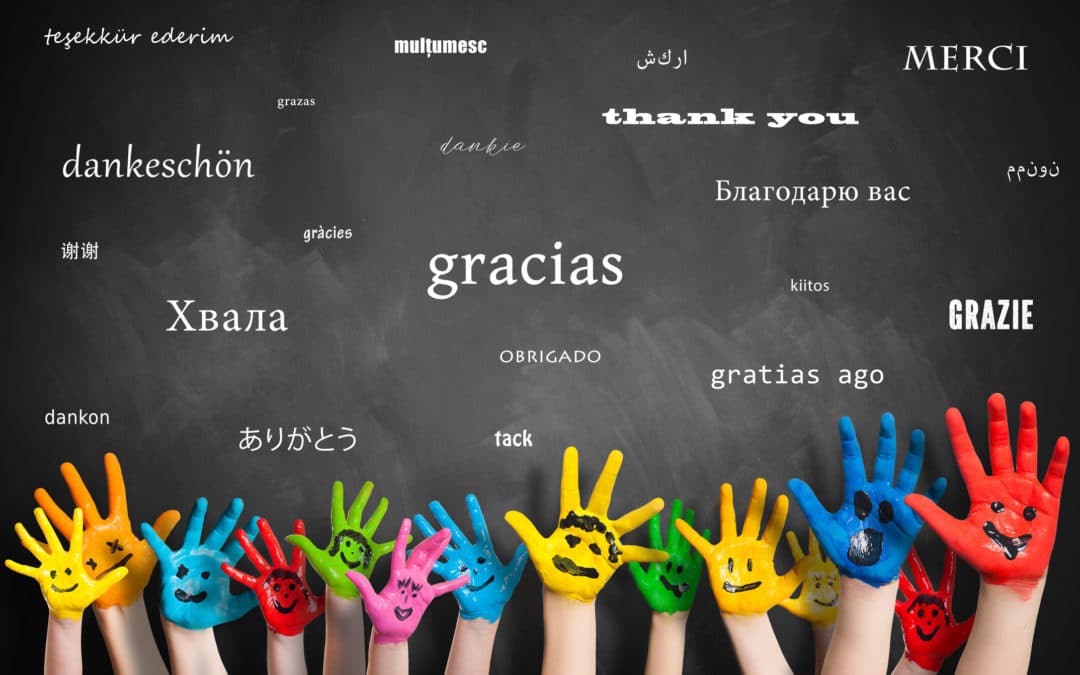Learning a second language or speaking two languages at home has always brought mixed reviews. Parents are often left wondering whether it is good to speak multiple languages with their children. Others listen to advice that says introducing a second language too early will injure the first language. Here, we set the record straight and demystify some myths about bilingual parenting, starting at a young age.
Learning two languages causes speech delays
Parents might be told their child could get behind in speech development if two languages are introduced at the same time. This is not the case. Children from bilingual homes may know 50 English and 50 Spanish words, but when compared to monolingual children who know 90 Spanish words, they seem as though they are behind. In reality, these children know 100 words compared to 90! As they grow, these differences will become less noticeable and bilingual children match monolingual children’s ability to converse and think about broader ideas, sometimes they even end up being better at these skills.
Bilingual Parenting confuses a child
Infants can discern languages as early as 4 months old, but only bilingual children carry on this trait after 8 months – a trait that many strive for in their schooling years. An important question is, what does a confused bilingual child look like? Often, code-mixing – which is when two words from a different language are used in a sentence – is mistaken for confusion in children. These children are far from confused and may be simply copying adults in their communities. As children, they are already limited in their speech abilities and may not have the words to represent something in one language, so they use the second language – a way of problem-solving that is not available to monolingual children.
Children will feel caught between two cultures
Most problems associated with cultural belonging stem from unfriendly relationships, instead of not being bilingual. Adults who grew up as bilingual report never having issues with identity and feeling welcomed by both cultures. In fact, children brought up by bilingual parenting are proven to be more creative, adept at cultural understanding and blending of ideas, as well as better problem-solvers. One’s age, education, circumstance, social network, and access to resources are better determinants of cultural acceptance than bilingualism.
One must learn a second language as a young child to become bilingual
No one is ever too old to learn a new language and become fluent in it! Young children do have a “critical period” that makes language acquisition easier for them, but there are benefits to learning a language at any age. There are no negative effects to starting bilingual schooling or education early with your child.
Elementary age students have an academic benefit as their minds have already been primed for information retention and older children catch on to grammar and language rules much more quickly. This does not mean that teaching your child a language later in their life will stop their bilingual process. If you are a parent who is late to the game in wanting to start this journey with your child, don’t worry! Children will learn languages in different ways at different stages, but they all have the ability to achieve fluency, especially with the right storytelling or question/answer method.
If you don’t teach the languages a certain way, your children will never be bilingual
There is no right or wrong when it comes to teaching your children a second language, but there are certainly better or more effective ways, if the ultimate goal is listening, understanding the spoken language and being able to respond easily. Children will learn aspects of languages however they are exposed to them, regardless of the method, but if you are only teaching grammar rules, then the child will only learn grammar rules. If the goal is listening and speaking, then the method should involve listening and speaking.
As long as the exposure is consistent, (and when we say consistent, we mean weekly or daily for years), they’ll pick it up! Children are smart and very observant ‘sponges’ – they soak up the good, the bad, everything! Make the interactions comfortable and natural for the both of you and it will go much better than if you followed some one-child fits all language learning plan.
By the way, this rule is the same for adults, so don’t think it’s harder just because you’re over the age of twenty. Check out info about this here.
What can you do?
In 2016, 22% of all children in the US spoke more than one language at home, and the numbers continue to rise exponentially. Parents all over the world are realizing the benefits of bilingualism for their children, especially as travel and access to other countries become easier! Bilingual parenting is another way to set your children up for a bright and successful future.
Hopefully, debunking these myths about bilingual parenting have given you the courage to sign up for a Spanish or French class. There is no right or wrong way to support your child through this process and we advise that you be patient with yourself and your child. Don’t worry about code-mixing and critical periods. Do what makes the most sense for your child and for you. It is an exciting and fun journey!
Some ways to make this process easier for both of you are by using books, music, tv shows and live teaching language programs like TruFluency Kids. Try a class for just $12 and see how well our methods can effectively help your child learn another language. If you have any questions, please feel free to contact us


